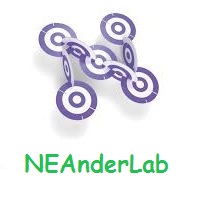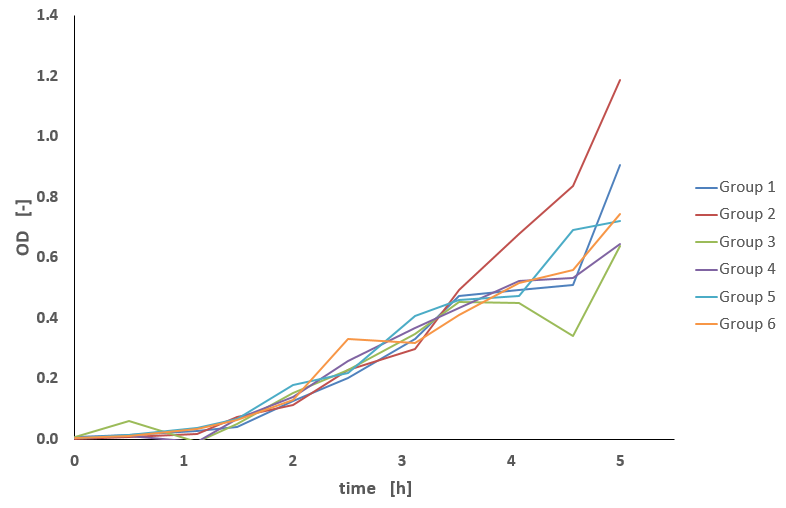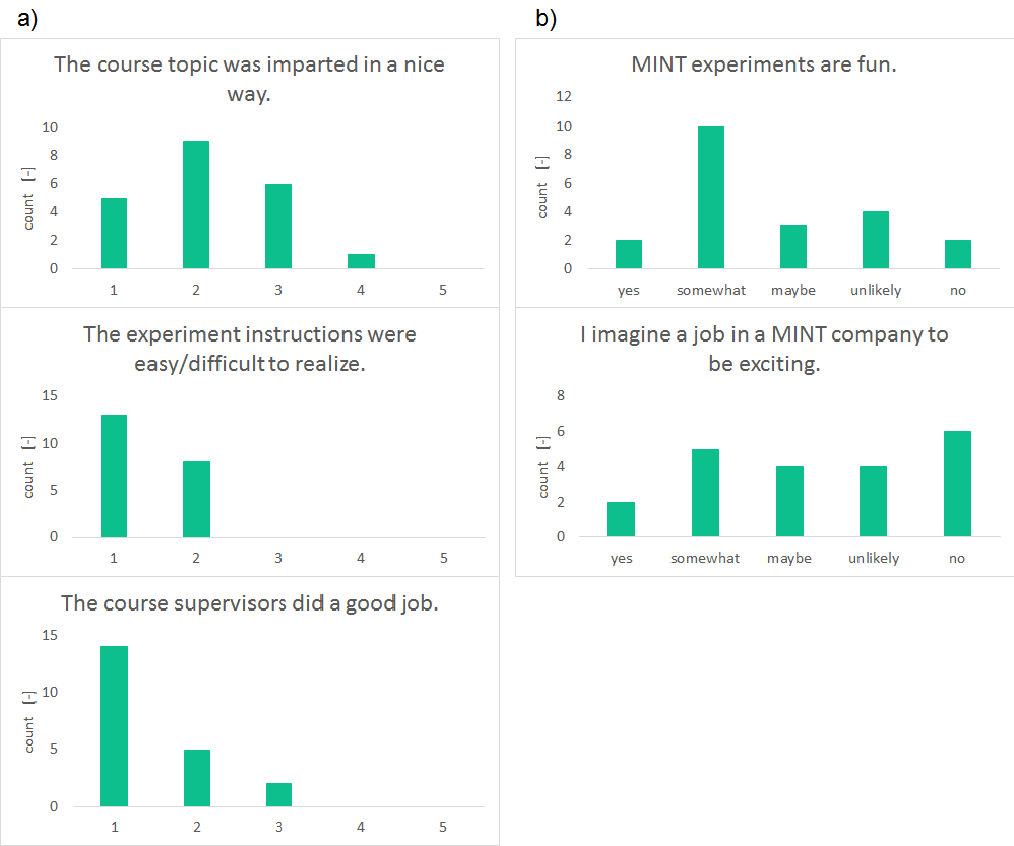Team:Aachen/Collaborations/Neanderlab
From 2014.igem.org
m |
|||
| Line 8: | Line 8: | ||
As a part of our initiative to spark interest for (synthetic) biology and DIY hardware in the young generation, we cooperated with the high school ''Gymnasium am Neandertal'' to bring a grade 11 biology standard level class into the lab. | As a part of our initiative to spark interest for (synthetic) biology and DIY hardware in the young generation, we cooperated with the high school ''Gymnasium am Neandertal'' to bring a grade 11 biology standard level class into the lab. | ||
| - | The students carried out multiple experiments in context of our iGEM project. During the day, the students collected samples from an ''E.coli'' TB culture every 30 minutes to observe the exponential growth phase. | + | The students carried out multiple experiments in context of our iGEM project. During the day, the students collected samples from an ''E. coli'' TB culture every 30 minutes to observe the exponential growth phase. The optical density was '''measured with our own DIY photometer'''. Overall, the students did a good job of treating their bacterial culture well, as shown in the graph below. |
<center> | <center> | ||
{{Team:Aachen/Figure|Aachen_14-09-24_Neanderlab_curves.png|align=center|title=Growth profiles of ''E. coli''|subtitle=Optical density of the cultures measured by the students|width=700px}} | {{Team:Aachen/Figure|Aachen_14-09-24_Neanderlab_curves.png|align=center|title=Growth profiles of ''E. coli''|subtitle=Optical density of the cultures measured by the students|width=700px}} | ||
</center> | </center> | ||
| - | In between the growth curve measurements, we introduced | + | In between the growth curve measurements, we '''introduced the iGEM competition and synthetic biology'''. Of course, our team members also explained the bacterial growth properties and how we can observe the propagation of cells using the photometer. After the sudden fire alarm and evacuation of the building, the rest of the day dealt with different types of '''"glowing" in nature''', including bioluminescence, fluorescence and phosphorescence. We started by explaining the mechanism behind bioluminescence in the context of quorum sensing of ''Vibrio fischeri'' in squid. As another example of glowing organisms we chose ''Pseudomonas fluorescens''. Students plated ''P. fluorescens'' onto Pseudomonas-F agar plates containing different concentrations of iron. These type of bacteria produce fluorescing siderophores when iron concentrations are low. After an incubation period of 1 to 2 days, the students should be able to see nice results in form of fluorescing and non-fluorescing bacterial colonies on their plates. |
The students also carried out some experiments from the [http://www.zdi-neanderlab.de/index.php?article_id=26/ NEAnderLab's workshops], such as ''Cold Light of the Deep Sea'', an experiment on chemiluminscence of luminol catalyzed by a copper wire. Playing around with glowing liquids of different colours in the dark was also a lot of fun! | The students also carried out some experiments from the [http://www.zdi-neanderlab.de/index.php?article_id=26/ NEAnderLab's workshops], such as ''Cold Light of the Deep Sea'', an experiment on chemiluminscence of luminol catalyzed by a copper wire. Playing around with glowing liquids of different colours in the dark was also a lot of fun! | ||
| Line 60: | Line 60: | ||
</center> | </center> | ||
| - | At the end of the day, we also answered the students' questions about synthetic biology and the Biology/Biotechnology university programs. As a souvenir, each student got to keep a phosphorescing stone. The students were also asked to fill out an evaluation sheet. The reception of the program was good, especially when considering that the class consisted of mostly students that chose biology because they are required to select one of either chemistry, physics or biology and thought that biology was the easiest one and that there would be no math involved (haha!). The results of the evaluation were good, and are shown below. | + | At the end of the day, we also answered the students' questions about synthetic biology and the Biology/Biotechnology university programs. As a souvenir, each student got to keep a phosphorescing stone. The students were also asked to fill out an '''evaluation sheet'''. The reception of the program was good, especially when considering that the class consisted of mostly students that chose biology because they are required to select one of either chemistry, physics or biology and thought that biology was the easiest one and that there would be no math involved (haha!). The results of the evaluation were good, and are shown below. |
<center> | <center> | ||
Revision as of 19:57, 17 October 2014
|
 "
"






